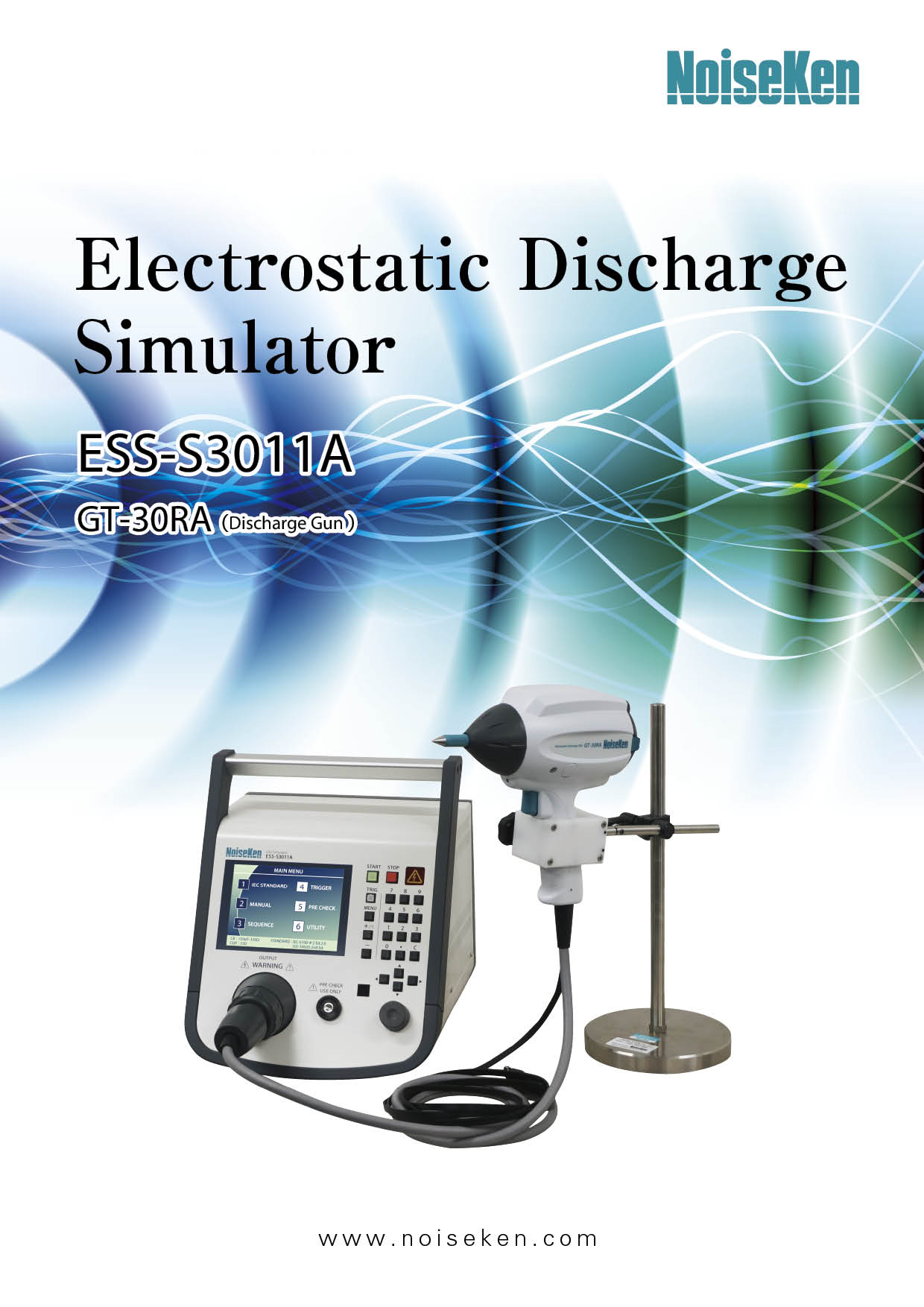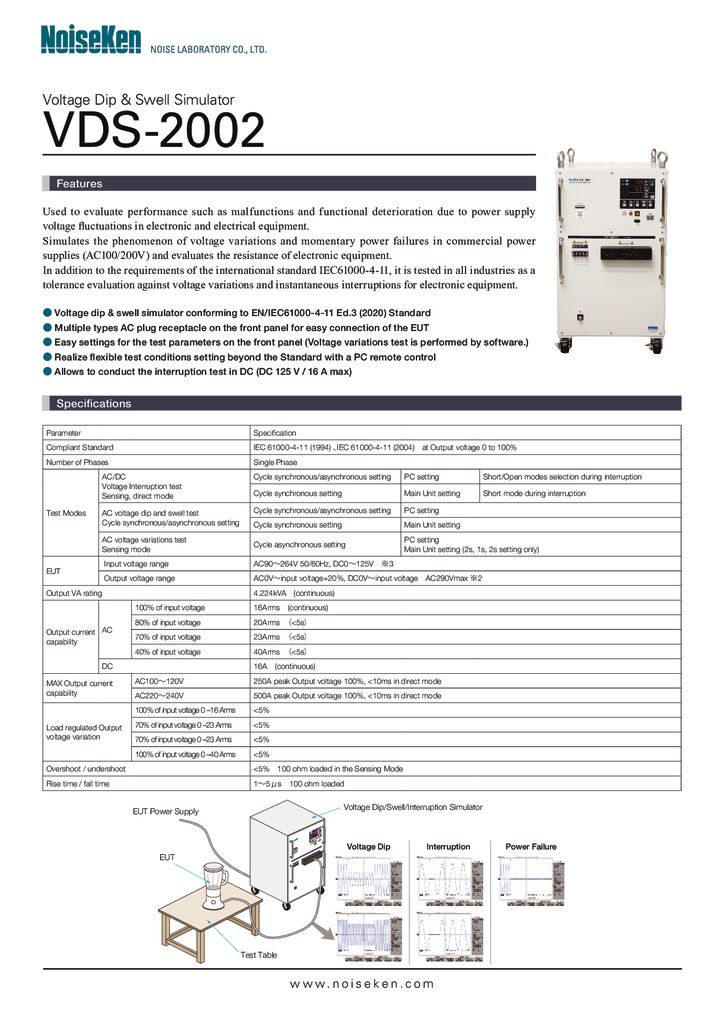FAQ
NoiseKenHow can we help you?
For contact discharge, first touch the discharge tip (sharp tip) to the EUT surface and then pull the trigger once. The trigger can be released soon. Discharges are automatically repeated in line with settings on the counter and interval.
For the correct air discharge test, the discharge gun shall be positioned at least 50 cm away from the EUT discharge point first and then pull and hold the trigger (this action is required for the internal high voltage switch in the gun to remain “on” position) and then approach the discharge tip to the EUT until a discharge occurs.
- Pull the trigger once and release it soon and then approach the tip to the EUT
- Pull and hold the trigger and then approach the tip to the EUT
The contact discharge is the method of testing in which the electrode of the test generator is kept in contact with the EUT or coupling plane and the discharge is actuated by the discharge switch within the generator.
The air discharge is the method of testing in which the charged electrode of the test generator is moved towards the EUT until it touches the EUT. During this a discharge is activated by a spark. The IEC 61000-4-2 standard says “Contact discharge is the preferred test method. Air discharges shall be used where contact discharge cannot be applied.”
The preference of contact discharges over air discharges comes from its better reproducibility. Air discharges are inherently more variable than contact discharges due to factors such as ambient temperature, relative humidity and atmospheric pressure.
Voltage and current monitor ports are provided on the LSS-15AX/F02/F03 surge simulators. For details, please click here.
- Discharge from human body
- Discharge from other objects than human body such as production and test equipment or packing materials
How should I use the trigger switch of the discharge gun for contact and air discharges?
For contact discharge, first touch the discharge tip (sharp tip) to the EUT surface and then pull the trigger once. The trigger can be released soon. Discharges are automatically repeated in line with settings on the counter and interval.
For the correct air discharge test, the discharge gun shall be positioned at least 50 cm away from the EUT discharge point first and then pull and hold the trigger (this action is required for the internal high voltage switch in the gun to remain “on” position) and then approach the discharge tip to the EUT until a discharge occurs.
For conducting air discharge testing, which way of using the trigger of the gun is the correct?
- Pull the trigger once and release it soon and then approach the tip to the EUT
- Pull and hold the trigger and then approach the tip to the EUT
What test methods are contact and air discharges?
The contact discharge is the method of testing in which the electrode of the test generator is kept in contact with the EUT or coupling plane and the discharge is actuated by the discharge switch within the generator.
The air discharge is the method of testing in which the charged electrode of the test generator is moved towards the EUT until it touches the EUT. During this a discharge is activated by a spark. The IEC 61000-4-2 standard says “Contact discharge is the preferred test method. Air discharges shall be used where contact discharge cannot be applied.”
The preference of contact discharges over air discharges comes from its better reproducibility. Air discharges are inherently more variable than contact discharges due to factors such as ambient temperature, relative humidity and atmospheric pressure.
How can I check the surge voltage and current?
Voltage and current monitor ports are provided on the LSS-15AX/F02/F03 surge simulators. For details, please click here.
We are experiencing component failures due to ESD in our assembly lines. Which capacitor-resistor network should I use for the Noiseken ESS-S3011A/B3011A/L1611A ESD simulator to simulate the following events?
- Discharge from human body
- Discharge from other objects than human body such as production and test equipment or packing materials
Browse help topics
- by Products
- by Category




